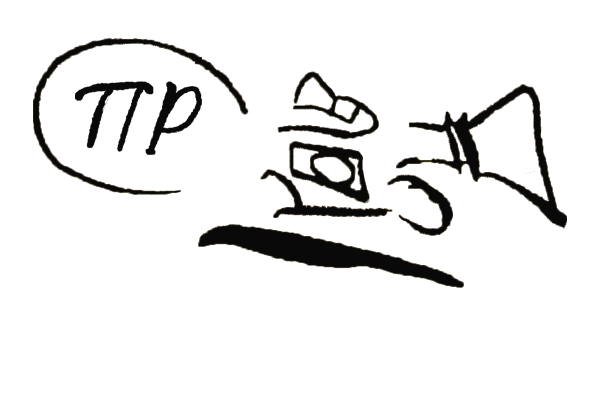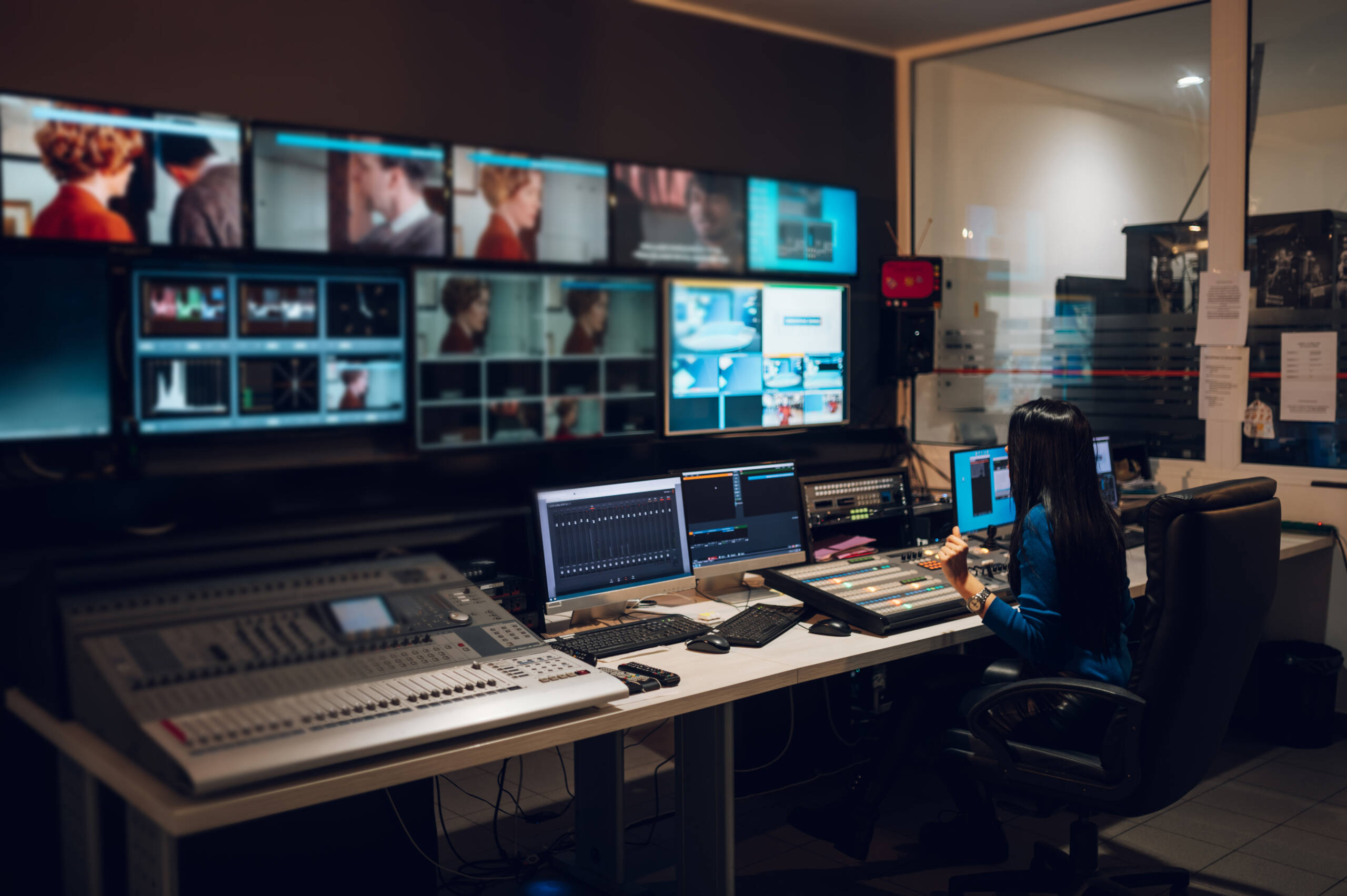AA video editor is a multimedia professional who combines video, sound and graphics into one cohesive piece of multimedia
The video editor works closely with the director to achieve the best final film outcome, with the goal of telling the story in the most effective and compelling way. Work heavily involves cutting and rearranging scenes.
Maintaining integrity
The video editor must make changes to scenes that don’t take away from the director’s vision, but that also help keep the viewer’s attention.
Cuts made cannot detract from the story or confuse the audience by taking away scenes with critical information needed to understand the action.


The video editor must ensure that the final length of the film is reasonable, and in context with the genre and anticipated audience attention span.
Cuts may be made on an autonomous basis, depending on the director’s preferred level of involvement in the video editing process.
In some cases, where great disparity exists between the director’s vision and the video editor’s decisions, a separate “director’s cut” is made. The director’s cut is the version that represents how the director would have edited the film.
Einstein once said, “Creativity is contagious. Pass it on.”
When you introduce video content into your marketing strategy, you open your brand up to a whole new level of content ideation. With the right people and the right technology, you can tell a great story. But before launching into the most creative and colorful idea that you can muster, you need to be confident in your approach, in order to ensure an original but cohesive idea.
Creative approach to every project
No matter the platform, target audience, or purpose of your video, it should always tell a story and possess the ability to take your audience on a journey. This is key if you want your audience to become invested in your key messaging.

Act One – Introduce People, Place, and Conflict
At the beginning of act one, introduce your cast or contributors and setting. This usually involves giving some background information on who people are and the environment they’re in. Towards the end of act one, you should begin to introduce a sense of conflict or a problem that would disrupt normality.
Act Two – The Struggle
At the beginning of act two, you should describe the hardship and impact the conflict is having or has had on your cast or contributors, this can sometimes involve a complete breakdown of normality and failed attempts to fix the problem. By the end of act two, there could be a sense of fortitude and an indication of hope.
Act Three – The Resolution and Outcome
At the beginning of act 3, a solution should come to light or at least, proactive intent to solve the problem. You should show how the solution or answer was enacted. By the end of act 3, you should have resolved the problem or shown promise that the problem will be solved and also show how the solution has fixed the problem and what the outcome is afterward.



